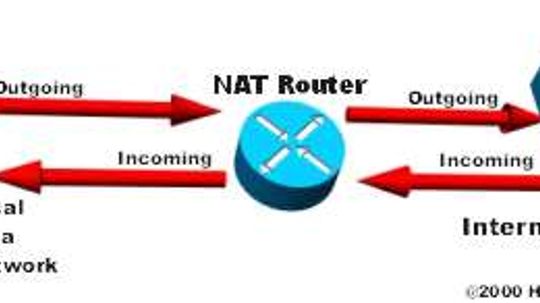Discover the fascinating world of Network Address Translation (NAT) and how it seamlessly connects networks while ensuring security. NAT, a vital component in modern networking, plays a crucial role in translating IP addresses between different network domains. Let’s dive into the depths of this intricate process and unravel its inner workings.
A Closer Look at NAT: Bridging Networks with Finesse
In today’s interconnected world, where multiple devices communicate across various networks, NAT acts as an intermediary that facilitates smooth communication by translating IP addresses. By converting private IP addresses to public ones and vice versa, NAT enables seamless data transmission between local area networks (LANs) and wide area networks (WANs).
This ingenious technique ensures that internal network devices remain hidden from external entities while still being able to access resources on the internet. With NAT acting as a guardian at the gateway, unauthorized access attempts are thwarted, bolstering network security.
The Different Types of Network Address Translation
NAT comes in various flavors to cater to diverse networking needs:
- Static NAT: This type allows for one-to-one mapping between private and public IP addresses. It is commonly used when hosting servers or services behind firewalls.
- Dynamic NAT: Here, a pool of public IP addresses is dynamically assigned to internal devices whenever they need internet access.
- Port Address Translation (PAT): Also known as “overloading,” PAT maps multiple private IP addresses to a single public address using unique port numbers for each connection.
Each variant offers distinct advantages depending on specific requirements such as scalability or cost-effectiveness.
The Inner Workings of Network Address Translation
NAT operates at the network layer of the TCP/IP protocol stack, specifically in the network address translation layer. When a packet leaves an internal device and heads towards an external destination, NAT modifies the source IP address to that of its own public IP address. It also assigns a unique port number to keep track of multiple connections.
Upon receiving a response from the external destination, NAT reverses this process by replacing its public IP address with the original private one and forwards it to the appropriate internal device based on port numbers.
In Conclusion
Network Address Translation is an indispensable tool in modern networking that ensures secure communication between networks while effectively managing limited resources such as public IP addresses. By skillfully translating IP addresses and implementing various types of NAT, organizations can establish robust connectivity without compromising security or scalability.
